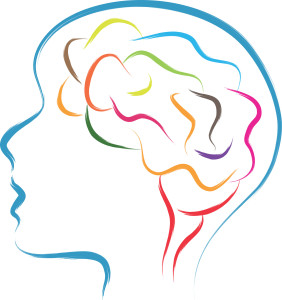Part 1 of our “Cognitive Bias and Leadership” Series
What is cognitive bias and what the heck does it have to do with leadership? A cognitive bias is our tendency to filter information through our own past experiences, likes, and dislikes. This means we have a tendency to make judgments that are faulty…and faulty in predictable ways. Of course anything that affects our judgments and decision making will ultimately affect our ability to effectively lead. In this blog, I am going to give a quick definition of some of the cognitive biases to be aware of in the workplace. The following could significantly impact on your organization:
- Negativity Bias – the tendency to give more weight to negative information than positive information.
- Confirmation Bias – the tendency to search for or interpret information that confirms what we already think or prefer.
- Anchoring Bias – the tendency to favor a piece of information and “anchor” or rely too heavily on that information when making decisions.
- Illusion of Control Bias – the tendency to overestimate your degree of influence over other external events.
- Bandwagon Bias – the tendency to believe things just because many other people do….think herd behavior here.
- Mere-exposure Bias – the tendency to prefer things because people are familiar with them.
- Irrational Escalation Bias – the tendency to justify more investment based on the investment made prior, regardless of any new evidence that might suggest the decision wasn’t the best path.
- Status Quo Bias (or System Justification Bias) – the tendency to like things to stay relatively the same and avoid change.
- In-group Bias – the tendency to view your own group or department as superior to another.
- The Spacing Effect Bias – the tendency for people to better recall information if it’s repeated over time instead of occurring once or having happened “grouped together” in time.
- Forward Bias – the tendency to create models based on past data, which are validated only against that past data.
I am sure you are already starting to get the picture on how cognitive biases can affect decision making in your organization. Be sure to stay tuned as we expand on each of the cognitive biases above in this blog series.

